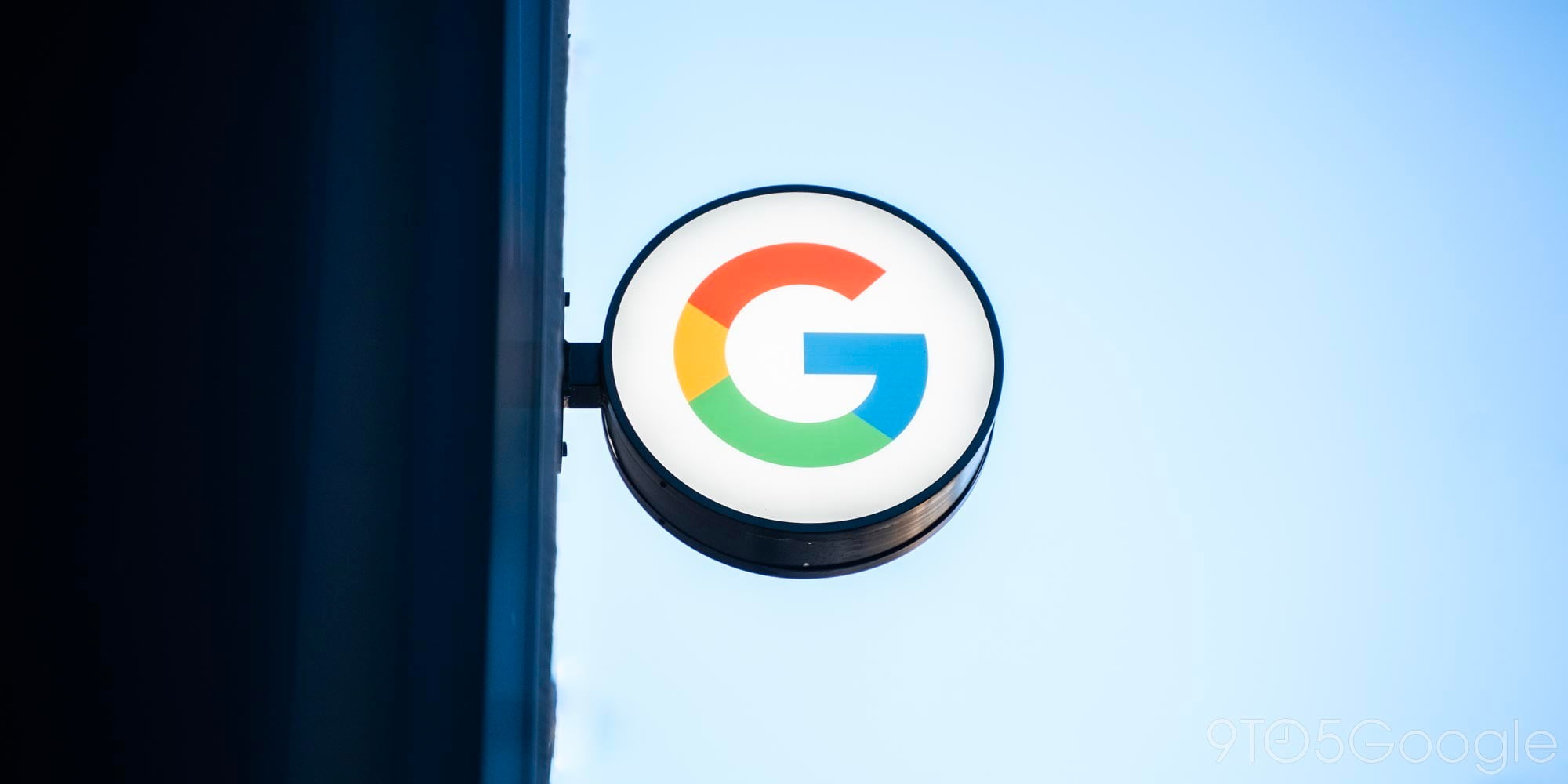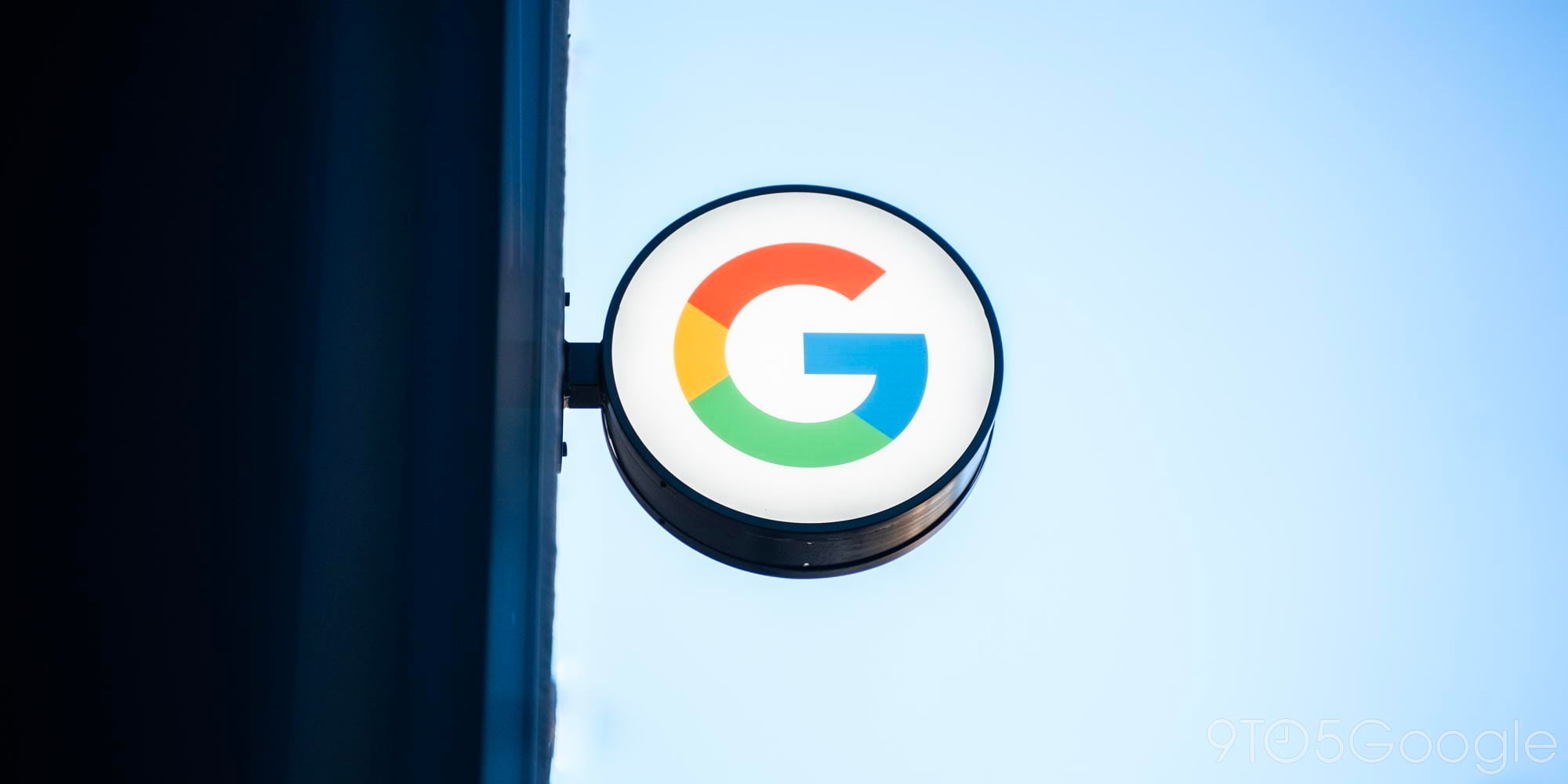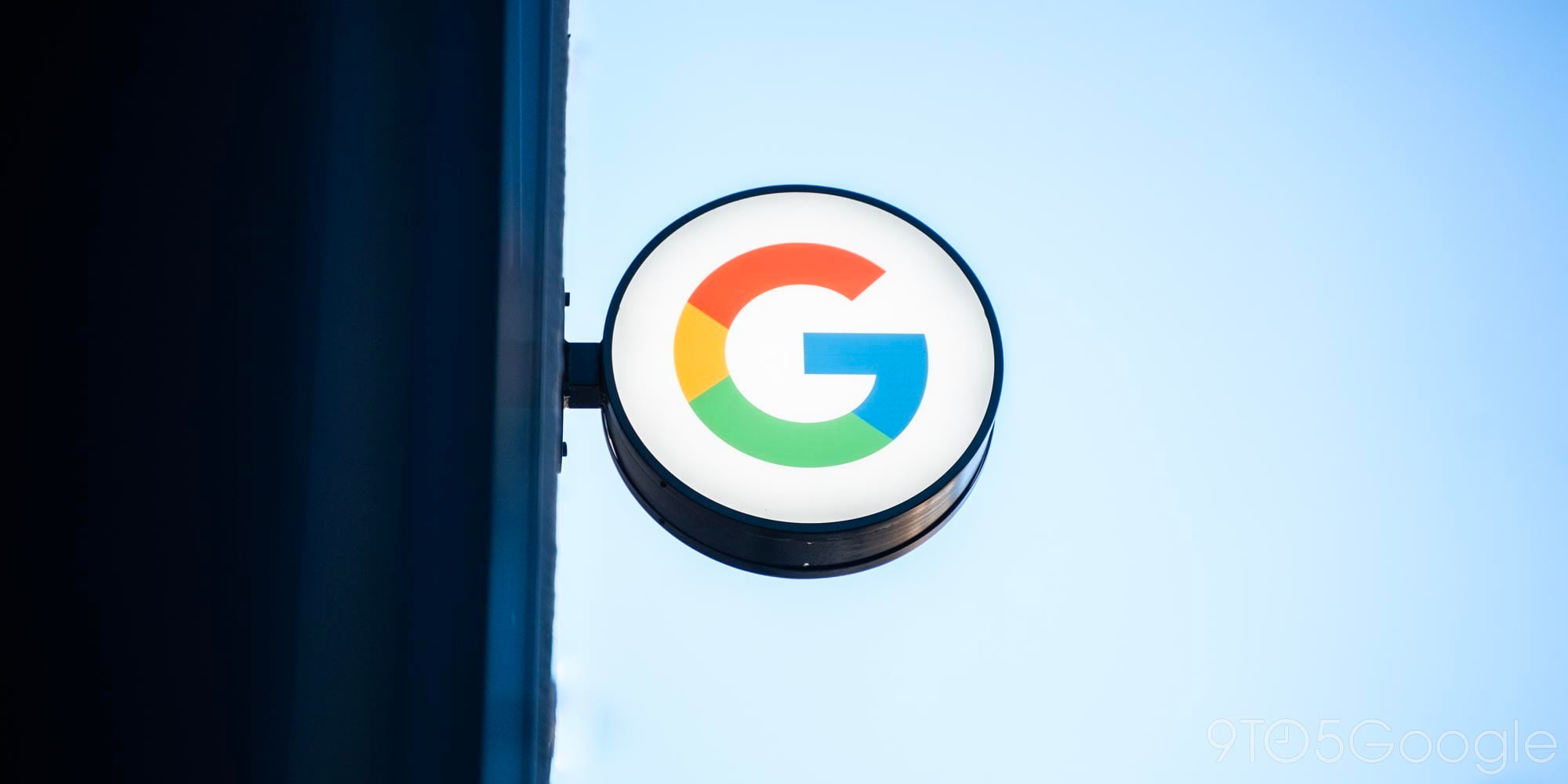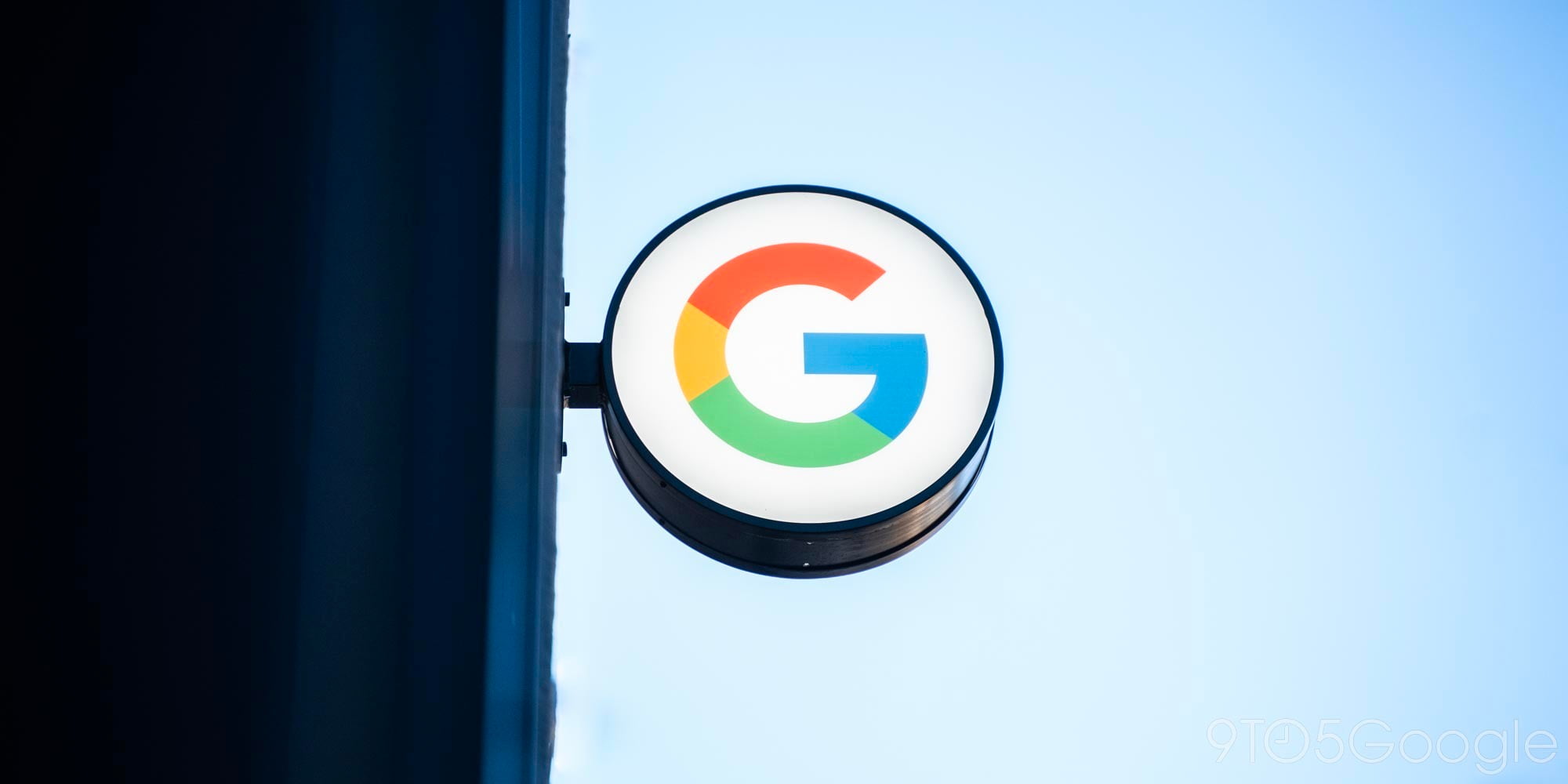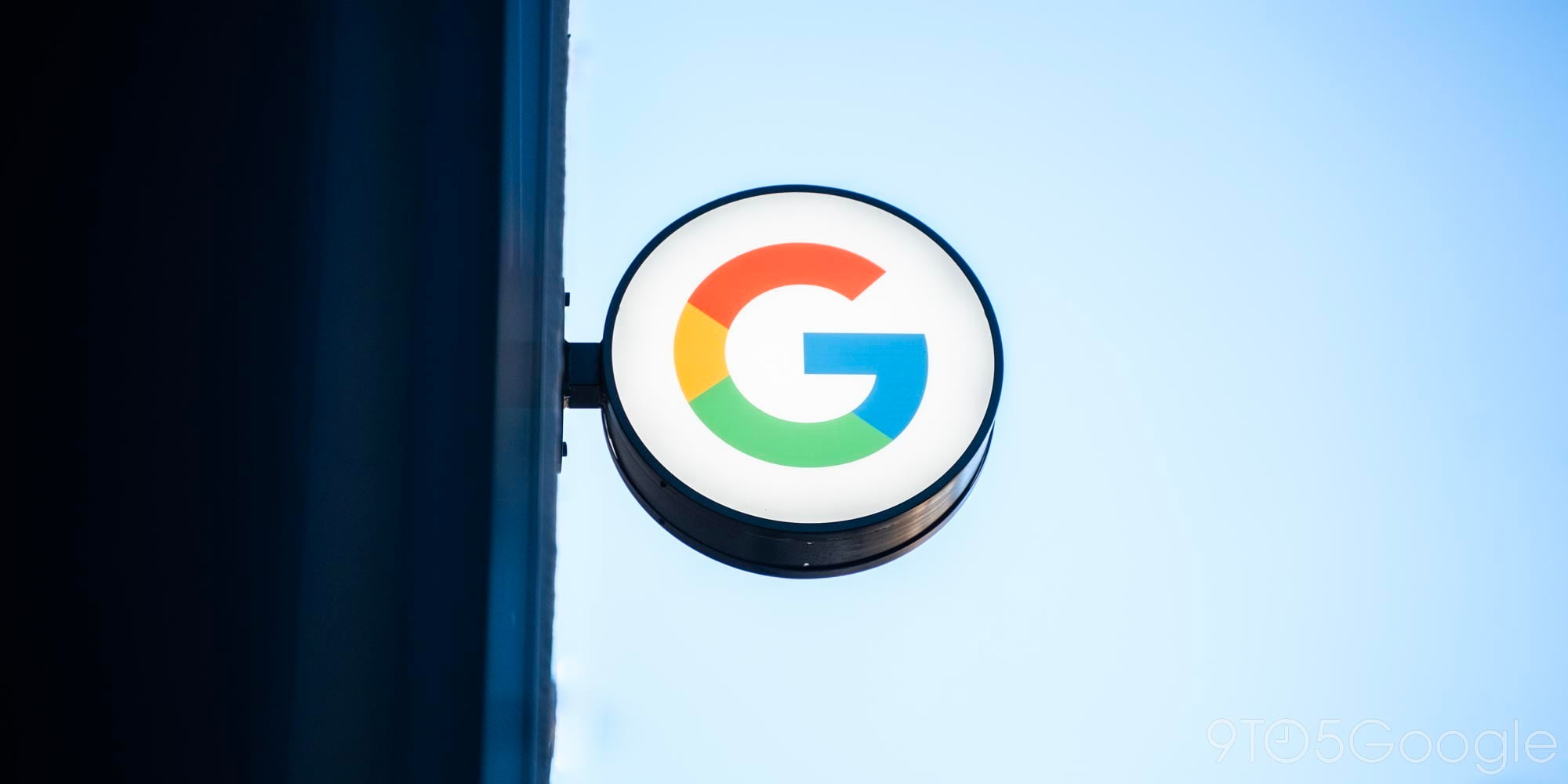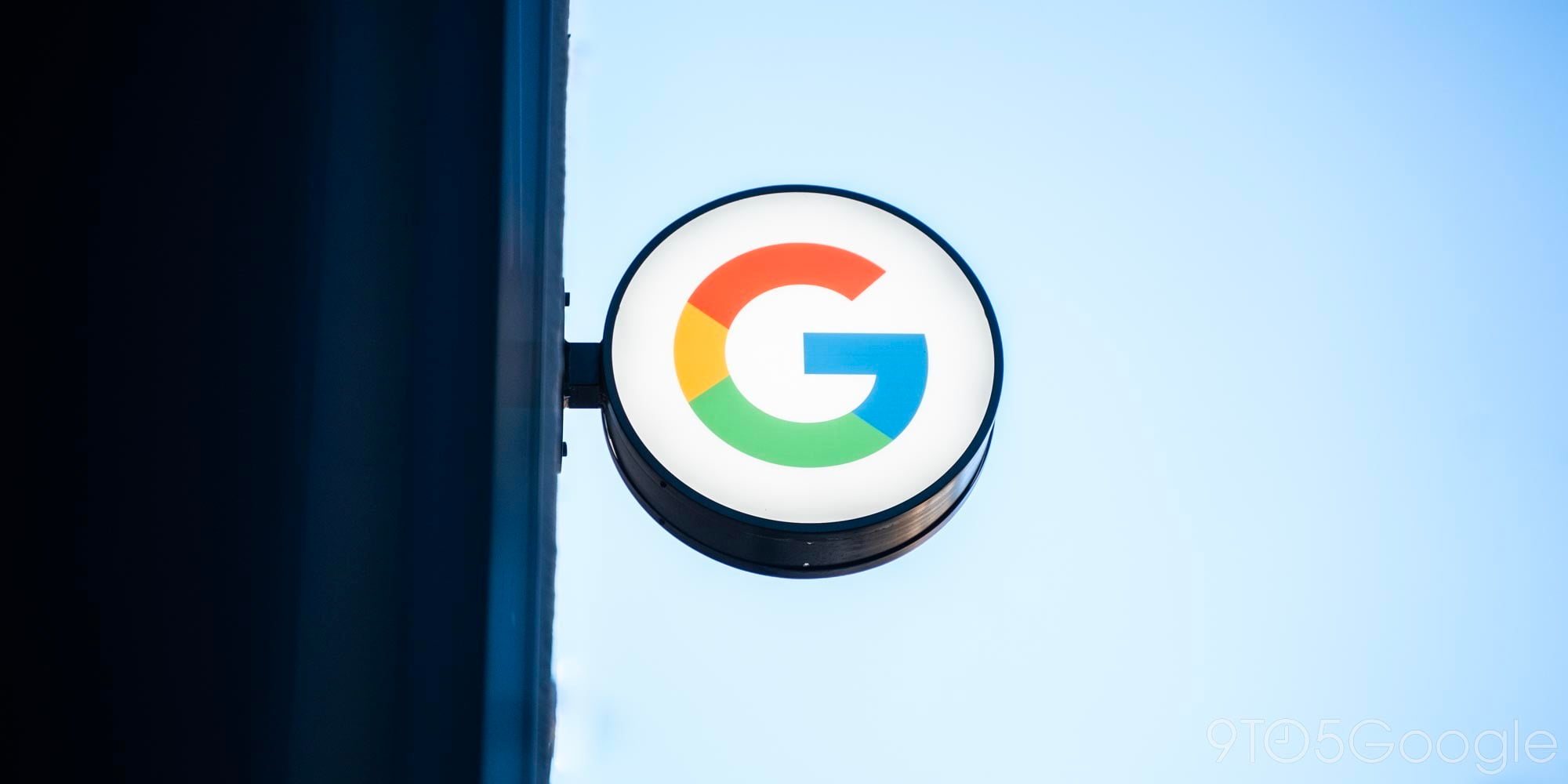
According to data obtained by Canalys (reported by WSJ), Huawei became the largest smartphone maker in China, overtaking Xiaomi during Q3 this year. The smartphone maker’s shipments grew a huge 81% year-on-year, while Xiaomi saw its own shipments drop in the same period. It’s a significant achievement for Huawei, and marks the first time the company has been in top spot in China.
Although Canalys didn’t reveal exact sales figures for the third quarter, it did say that it will release a detailed report at the end of this month. It did note however that Xiaomi’s year-on-year drop in shipments is also a first, suggesting the two companies are moving in opposite directions.
It’s an interesting time for both companies. On the global scene, Huawei has seen its brand become far more recognizable over the past 12 months. Now, with the launch of the Nexus 6P and Huawei Watch, the manufacturer is on the cusp of becoming one of the ‘big brands’ in terms of sales and mindshare among consumers. In stark contrast, Xiaomi relies on sales in its homeland, China for its growth. With Huawei outperforming Xiaomi in China, and the Mi-makers not having a well-known brand outside Chinese borders, it could spell a slowdown in momentum for the once all-conquering Xiaomi. What’s more, Xiaomi is no longer the only company producing competitive phones at low prices. Brands like OnePlus, Oppo and Meizu are all producing similar devices.
While Xiaomi uses Chinese social media to create buzz in its home nation, Huawei has been far more active in its marketing abroad. What’s more, Huawei has its own sub-brand — Honor — which sells great value handsets in Europe offering performance and build quality that’s hard to beat at their price-points. Devices like the Honor 7, which we unboxed recently, offer a near-flagship experience for a fraction of the price.



